As Italy continues to swelter in blistering temperatures, a cool place may not be the only thing you’ll have a hard time finding in the country at the moment.
While reports of holidaymakers having to wait well over an hour for a taxi ride have figured in international media, Italian newspapers have also reported widespread “taxi chaos” affecting people in nearly all of Italy’s major cities.
Visitor Taylor Simmons, from Seattle, told Reuters the long queue outside of Rome’s rail station “would not be acceptable in the United States”, adding she was expecting many more taxis “given how hot it is”.
Similarly, Annalisa Corrado, a member of Democratic Party leader Elly Schlein’s team, told Italian newspaper Corriere della Sera the lack of taxis in the capital was a “disaster” as she was forced to walk to her destination, arriving an hour late and “exhausted by the heat”.
Complaints about endless queues, empty cab stands and slim chances of getting in touch with Italy’s taxi operators have also featured heavily on social media.
Todays lesson, apparently 30 mins for a taxi in Italy..means 55 & counting.
— Dave Johnson (@davey10j) July 15, 2023
So why exactly are taxis such a rare commodity in Italy this summer? It’s not a new problem, but it appears to be getting worse.
Chronic shortage of taxi licences
While the return of tourism to pre-pandemic levels may have exacerbated things, Italy has long experienced cab shortages, with the situation mostly attributable to local authorities not issuing new taxi licences for well over a decade.
It’s enough to say that Rome and Milan, Italy’s two largest cities, haven’t issued new taxi driver licences since 2006, with 7,800 cabs (that’s 340 every 100,000 residents) currently operating in the capital and only 4,900 in the northern metropolis.
For context, London has some 19,000 taxis while Paris has 18,500, with both figures excluding private hire services.

As for why most cities haven’t issued new licences in years, taxi drivers’ associations – which are considered one of Italy’s most powerful lobbies – have long successfully opposed any change to the status quo.
READ ALSO: Are Italian taxi drivers required to accept card payments?
Only last month, an attempt from the mayor of Milan to issue 1,000 new licences was quickly rejected by regional authorities following pressure from local taxi groups.
Lack of alternatives to regular taxis
While ride-hailing apps such as Uber have become a standard way of getting around cities worldwide, this is not the case for Italy.
Normal Uber services are not allowed to operate in Italy after an Italian court banned them in 2017 saying they exposed traditional taxi drivers to unfair competition.
After striking a deal with taxi dispatcher IT Taxi last year, Uber Black – the ‘luxury’ version of the popular app – is now available in ten Italian cities, but local services are very limited.
READ ALSO: Why can’t I get an Uber in Italy?
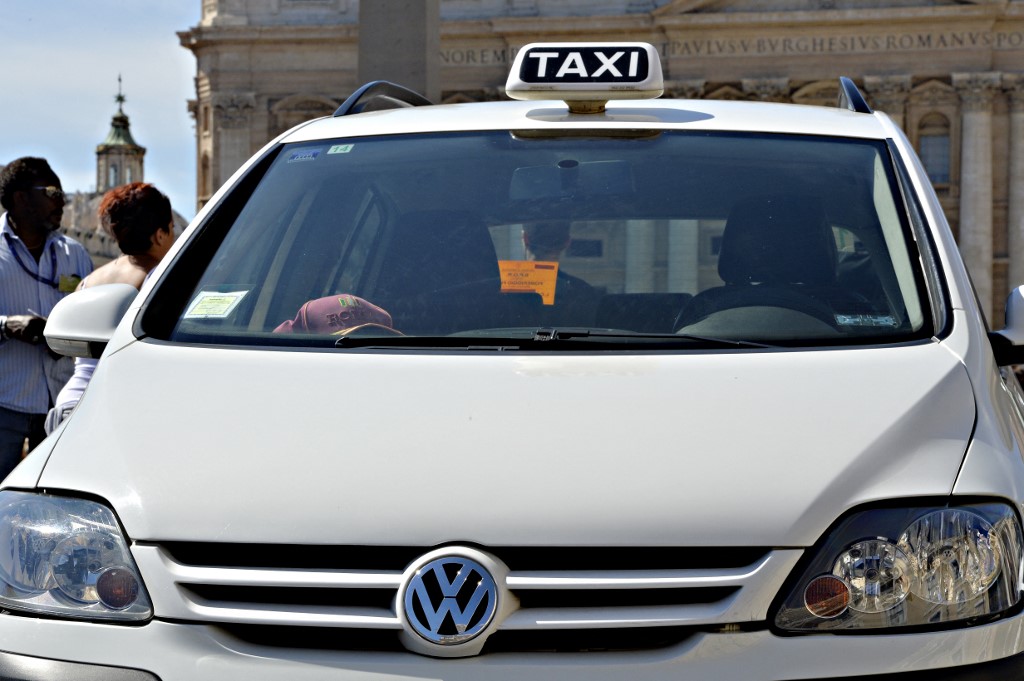
The near total lack of alternative players in the taxi industry (Rome has 1,000 private hire cars while London has 91,000) means not only that people in Italy have access to a smaller pool of taxis than elsewhere in Europe, but also that traditional taxis fully control market prices.
Are there any plans to improve things?
Transport Minister Matteo Salvini called for talks with taxi association leaders earlier this week, saying that his ministry was working on a “comprehensive reform” to get “more cars on the road right away”.
It’s presently unclear exactly which measures the ministry’s plan will include and, most importantly, if it will include issuing more taxi licences.
It looks unlikely however that the reform will include measures aimed at liberalising the market as the League and the Brothers of Italy parties, both part of the ruling government coalition, sided with taxi drivers when then-PM Mario Draghi unsuccessfully tried to deregulate the industry in 2022.
Despite the current dearth of detail, Salvini’s promised reform was met with scepticism by taxi unions, which argued that drivers are being used as “a scapegoat” and the government should turn to other issues, including improving public transport.

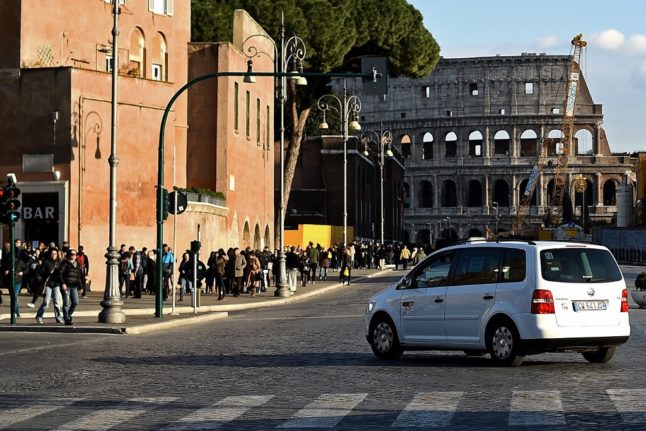

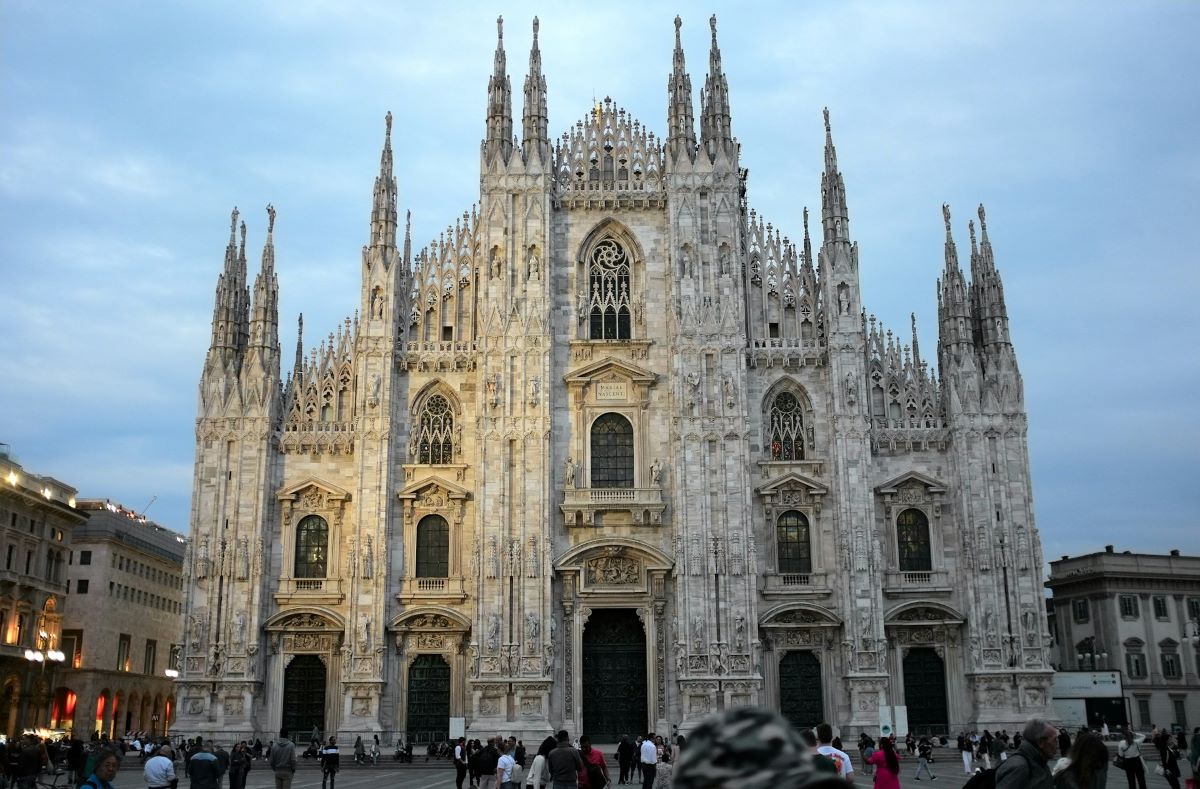
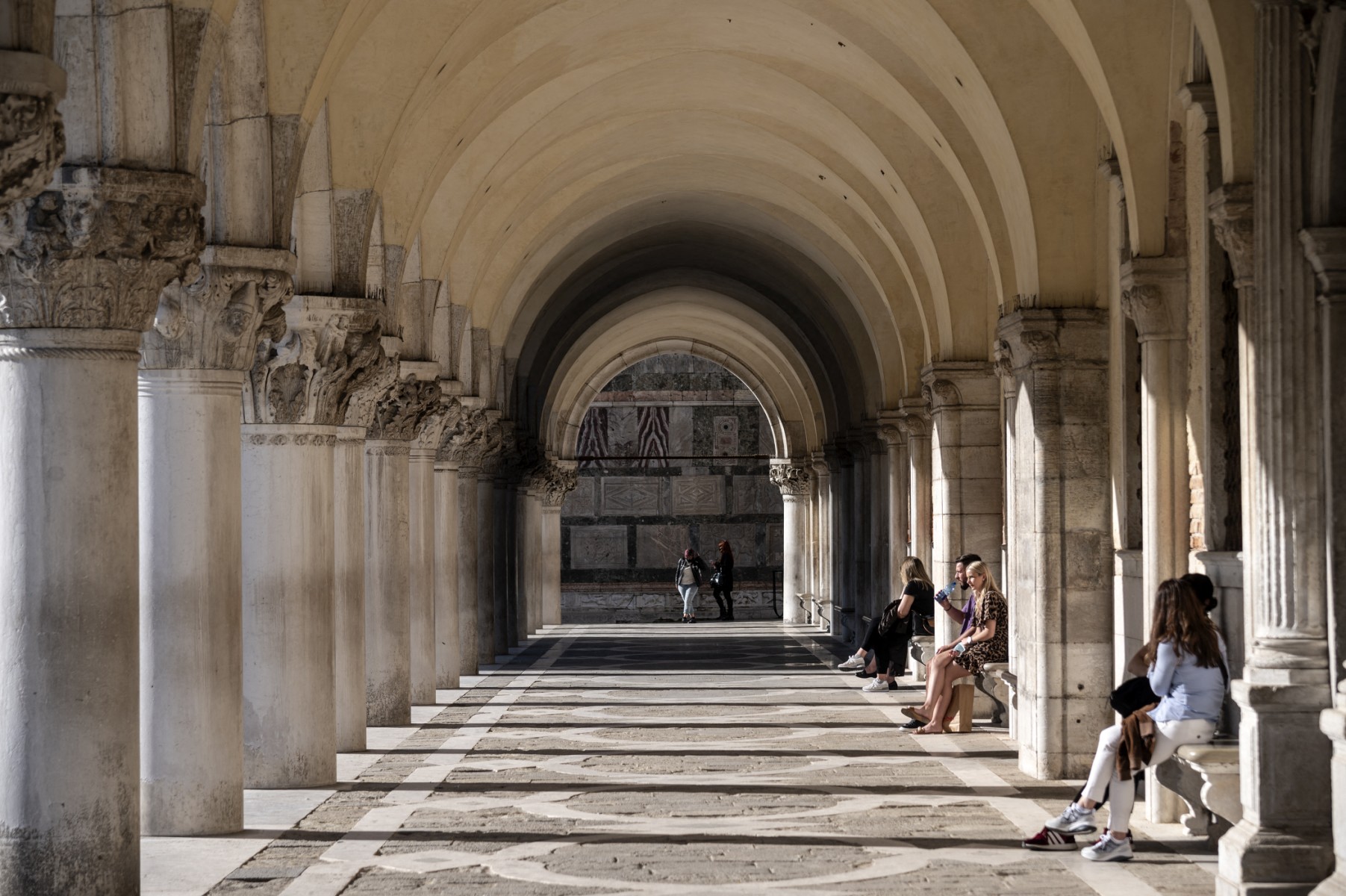
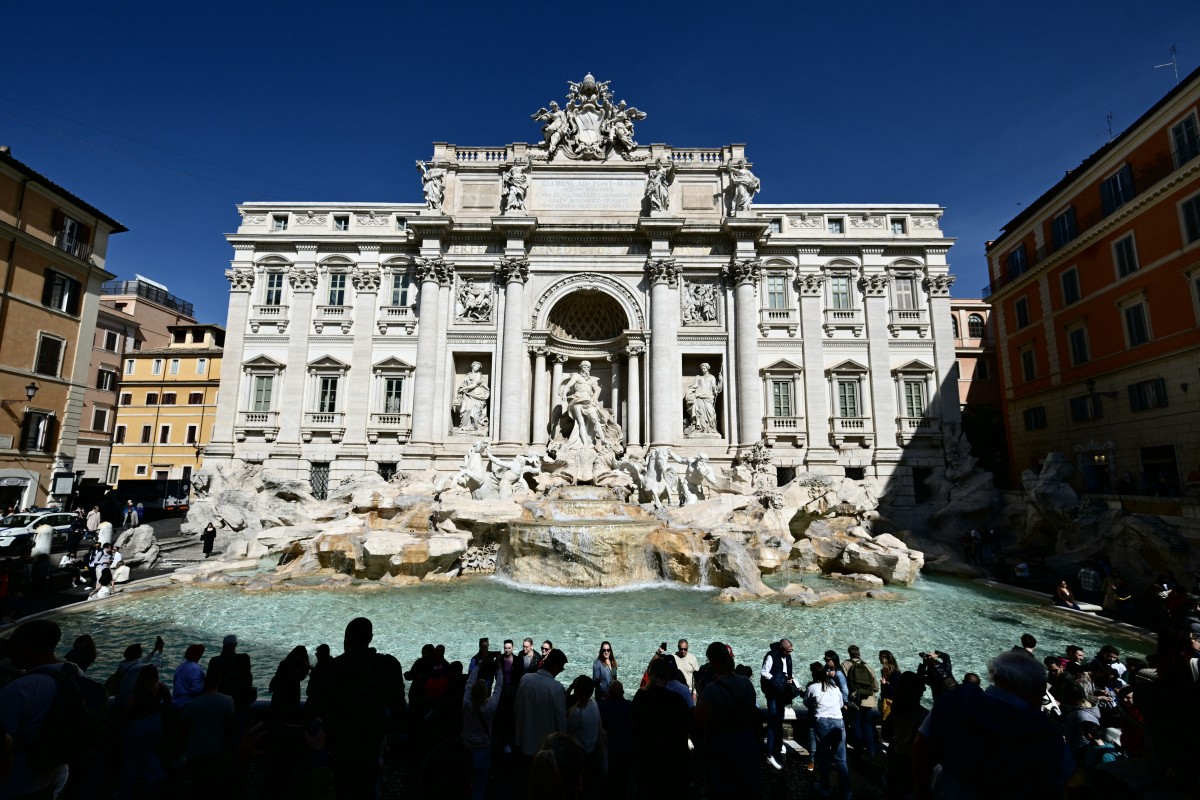
 Please whitelist us to continue reading.
Please whitelist us to continue reading.
Are we going to hear complaints about heat, crowds, and lines all summer, every summer? Take your kids on vacation during winter or spring break and stop sniveling. If you don’t have kids, why take a vacation anywhere during the summer in the Northern hemisphere!
Not true what you say about Uber. We live in Rome and use Uber all the time. They usually arrive within 5 minutes. The longest I’ve waited is 20 minutes.